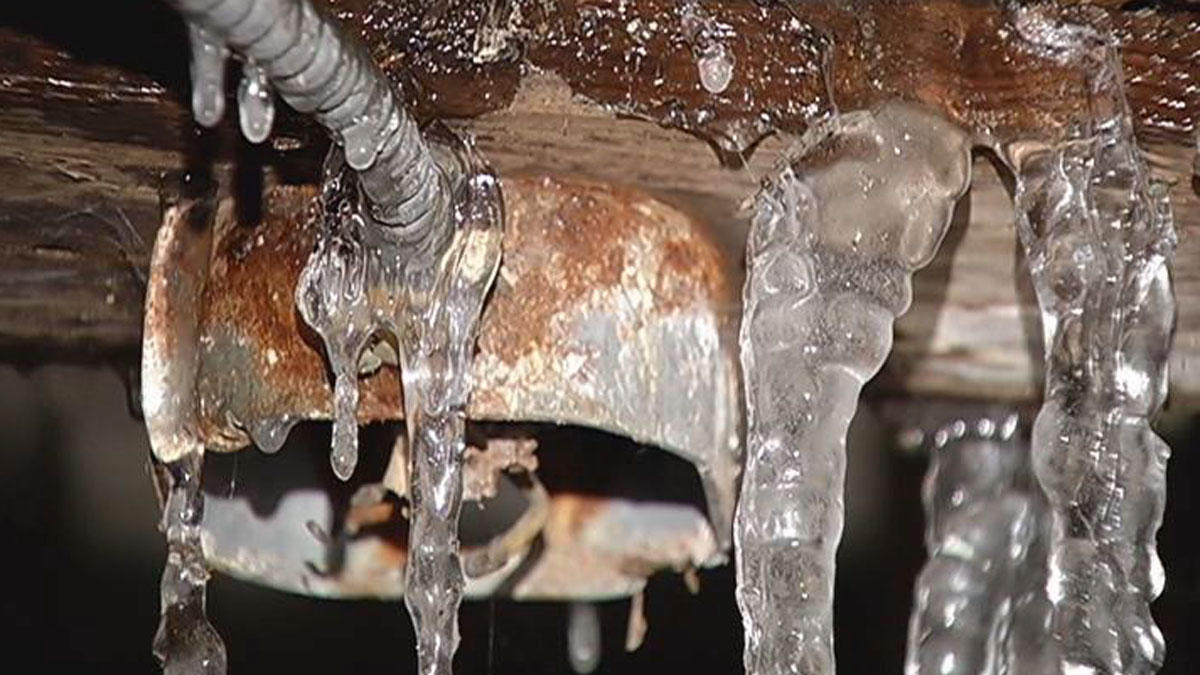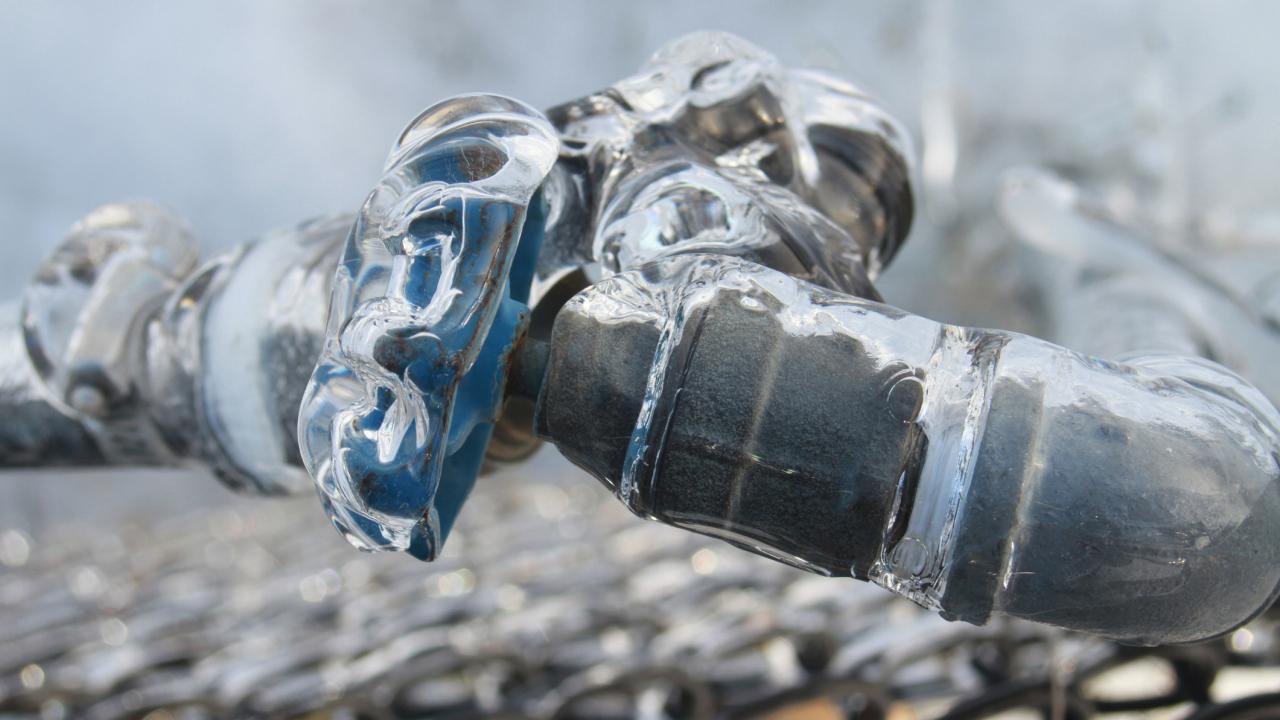Essential Advice for Avoiding Frozen Pipes in Cold Weather Seasons
Essential Advice for Avoiding Frozen Pipes in Cold Weather Seasons
Blog Article
We have discovered this article pertaining to Preventing and dealing with frozen pipes listed below on the web and concluded it made perfect sense to relate it with you over here.

Winter can damage your plumbing, specifically by freezing pipes. Here's exactly how to avoid it from happening and what to do if it does.
Intro
As temperatures decrease, the risk of frozen pipelines increases, potentially resulting in pricey repair services and water damage. Recognizing just how to stop frozen pipelines is crucial for homeowners in cool climates.
Comprehending Frozen Pipelines
What triggers pipes to ice up?
Pipelines ice up when subjected to temperatures below 32 ° F (0 ° C) for extended periods. As water inside the pipes ices up, it broadens, putting pressure on the pipeline wall surfaces and potentially causing them to break.
Dangers and problems
Icy pipes can bring about water system disruptions, home damage, and costly repairs. Burst pipes can flooding homes and create comprehensive architectural damages.
Signs of Frozen Water Lines
Identifying icy pipes early can stop them from breaking.
How to identify frozen pipes
Try to find lowered water circulation from taps, unusual odors or noises from pipes, and visible frost on revealed pipes.
Prevention Tips
Protecting vulnerable pipelines
Wrap pipes in insulation sleeves or make use of warmth tape to shield them from freezing temperature levels. Focus on pipelines in unheated or exterior areas of the home.
Heating strategies
Keep indoor areas appropriately warmed, especially areas with plumbing. Open cupboard doors to enable warm air to distribute around pipes under sinks.
Safeguarding Outdoor Pipes
Yard pipes and exterior taps
Detach and drain yard hoses prior to winter season. Mount frost-proof faucets or cover outdoor faucets with shielded caps.
What to Do If Your Pipes Freeze
Immediate activities to take
If you suspect frozen pipelines, maintain faucets open up to alleviate stress as the ice thaws. Make use of a hairdryer or towels soaked in warm water to thaw pipelines gradually.
Long-Term Solutions
Structural adjustments
Take into consideration rerouting pipelines far from outside walls or unheated areas. Add extra insulation to attics, basements, and crawl spaces.
Upgrading insulation
Purchase high-grade insulation for pipelines, attics, and walls. Appropriate insulation assists maintain consistent temperatures and lowers the danger of icy pipelines.
Final thought
Stopping frozen pipelines needs aggressive procedures and quick responses. By recognizing the causes, indicators, and preventive measures, homeowners can secure their pipes during cold weather.
6 Proven Ways to Prevent Frozen Pipes and Protect Your Home
Disconnect and Drain Garden Hoses
Before winter arrives, start by disconnecting your garden hoses and draining any remaining water. Close the shut-off valves that supply outdoor hose bibs and leave the outdoor faucet open to allow any residual water to drain. For extra protection, consider using faucet covers throughout the colder months. It’s also important to drain water from any sprinkler supply lines following the manufacturer’s directions.
Insulate Exposed Pipes
Insulating your pipes is an effective way to prevent freezing. Pipe insulation is readily available at home improvement stores and is relatively inexpensive. Pay close attention to pipes in unheated areas such as the attic, basement, crawl spaces, or garage. Apply foam insulation generously to create a buffer against the cold. You can also wrap your pipes in heat tape or thermostat-controlled heat cables for added warmth.
Seal Air Leaks
Inspect your home for any cracks or openings that could let in cold air. Seal any holes around the piping in interior or exterior walls, as well as the sill plates where your home rests on its foundation. Additionally, make sure to keep your garage door closed unless you’re entering or exiting. Leaving it open creates a significant air leak that can lead to frozen pipes.
Allow Warm Air Circulation
During cold snaps, it’s essential to allow warm air to circulate evenly throughout your home. Leave interior doors ajar to promote better airflow. Open kitchen and bathroom cabinets to help distribute heat consistently around the rooms. If you have small children or pets, be sure to remove any household chemicals or potentially harmful cleaners from open cabinets for safety.
Let Faucets Drip
A small trickle of water can make a big difference in preventing ice formation inside your pipes. When temperatures drop significantly, start a drip of water from all faucets served by exposed pipes. This continuous flow helps prevent the water from freezing. Additionally, running a few faucets slightly can relieve pressure inside the pipes, reducing the chances of a rupture if the water inside does freeze.
https://choateshvac.com/6-proven-ways-to-prevent-frozen-pipes-and-protect-your-home/

I recently found that entry about Winter Plumbing Precautions: Preventing Frozen Pipes while looking around the web. Do you know somebody else who is inquisitive about the subject? Please feel free to share it. I recognize the value of your readership.
Call Today Report this page